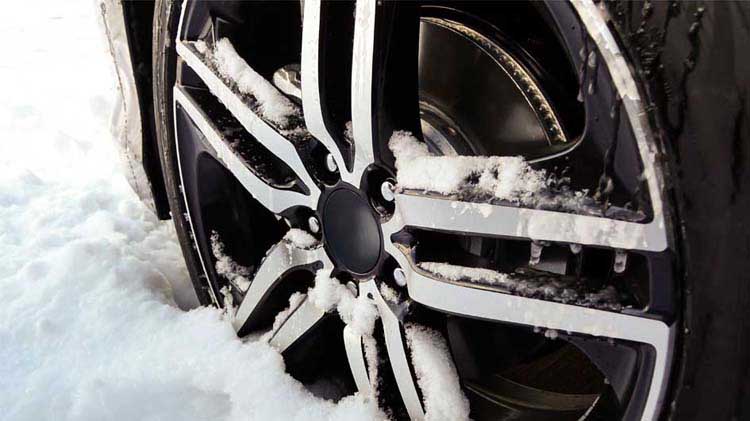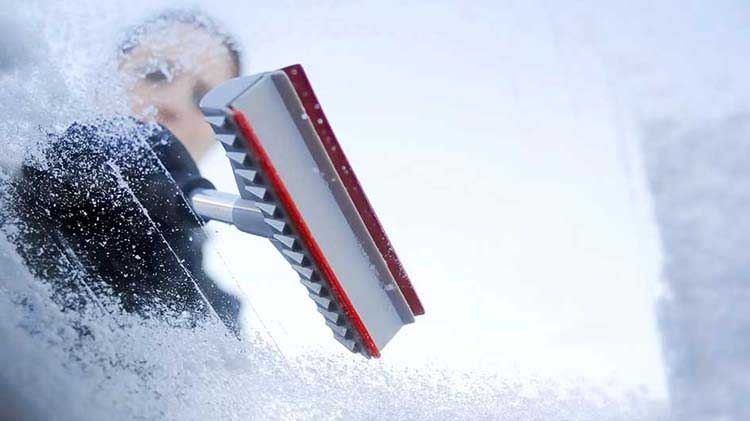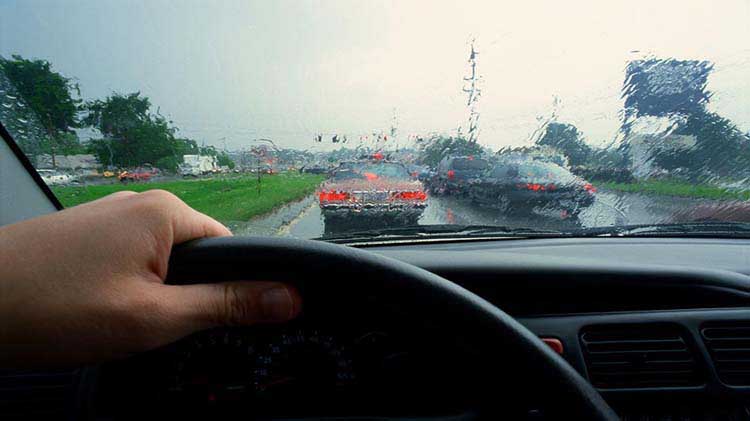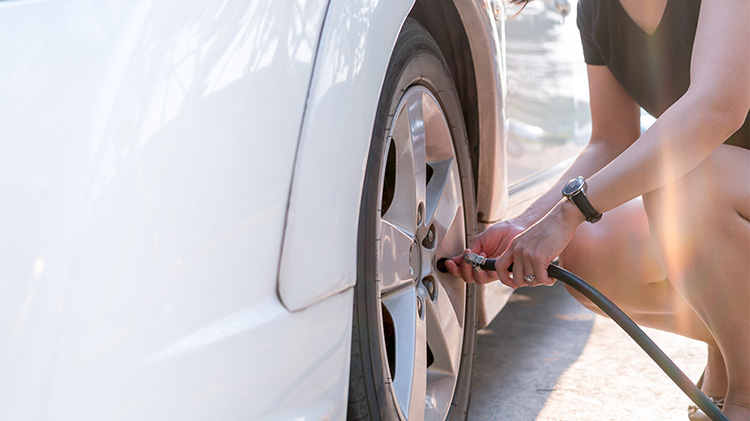What are the best tires for winter driving?
Know the tires you need for winter driving, and how to maintain them for increased tire safety.
All tires are not created equal — they're designed for different road and weather conditions. Know what's on your car before you head out this winter.
Types of tires
- All season tires offer moderate traction in a variety of conditions, from rain to light snow, but are not as effective in extreme weather. All season tires are a good choice for climates where temperatures generally remain above freezing; but they start to harden and provide less traction at 40 degrees Fahrenheit or colder. Because they are made of harder compounds, these tires typically have a long life.
- All weather tires are available in two primary models: one for rain or light snow and another for more challenging conditions, such as mud and moderate snow. The tread of all weather tires expels water, making their traction better than all season tires. They stay relatively supple in cold temperatures but don't provide as much traction as true snow tires.
- Snow tires provide the most effective traction, braking and handling control for winter driving on snow and ice. Snow tires are made of compounds that remain pliable in cold temperatures, allowing them to grip the road better. Drivers in extremely snowy areas may choose studded snow tires, which are tires with surface openings where metal studs can be anchored. Unlike other tires, snow tires must be put on at the beginning of the snow season and removed when warmer weather returns.
Winter tire safety tips
- Look for tires with a mountain and snowflake icon. They will provide traction and function well at low temperatures.
- Always install four snow tires instead of two. Cars with only two snow tires have less traction and tend to spin out of control.
- Keep tires properly inflated. Winter's cold temperatures can cause the air in your tires to contract, leading to lower tire pressure. Your vehicle's tire pressure should be checked at least once a month using an accurate pressure gauge.
- Remember that vehicle safety systems, like antilock braking systems (ABS), traction control and other advanced stability control systems, cannot compensate for poor tire traction. The best way to maximize your safety is to make sure your tires are suitable for the conditions you must drive in.
Learn more about tire safety from the National Highway Traffic Safety Administration.




